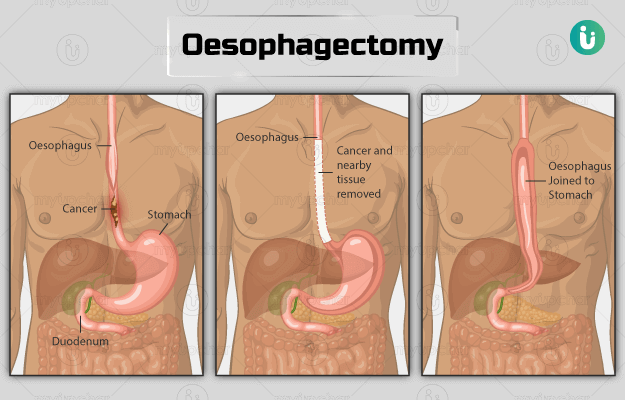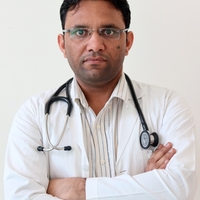Summary
Oesophagectomy is an operation carried out to treat oesophagus (food pipe) cancer, ulcers or to remove damaged oesophagus due to an accident or injury. It is a major operation, which takes a few weeks to recover.
After the operation, you will have to take proper care of the wound and follow the dietary advice given. In case you find any abnormal symptoms, contact your healthcare provider immediately.










































